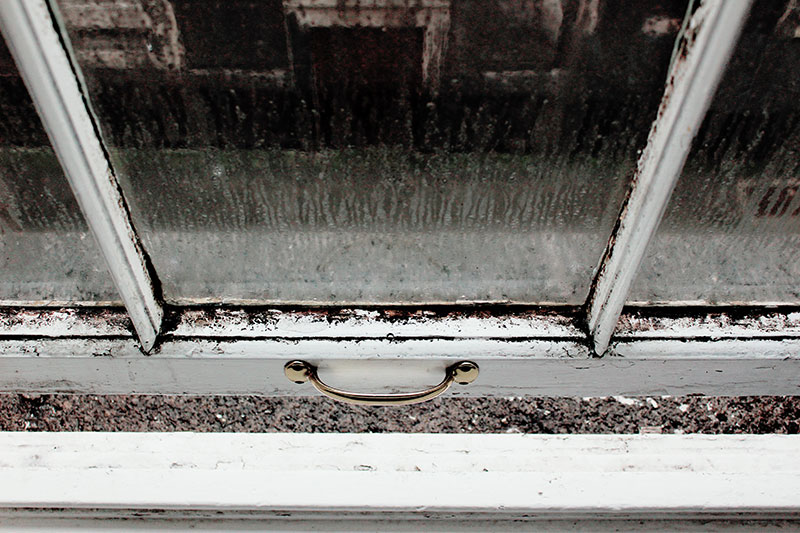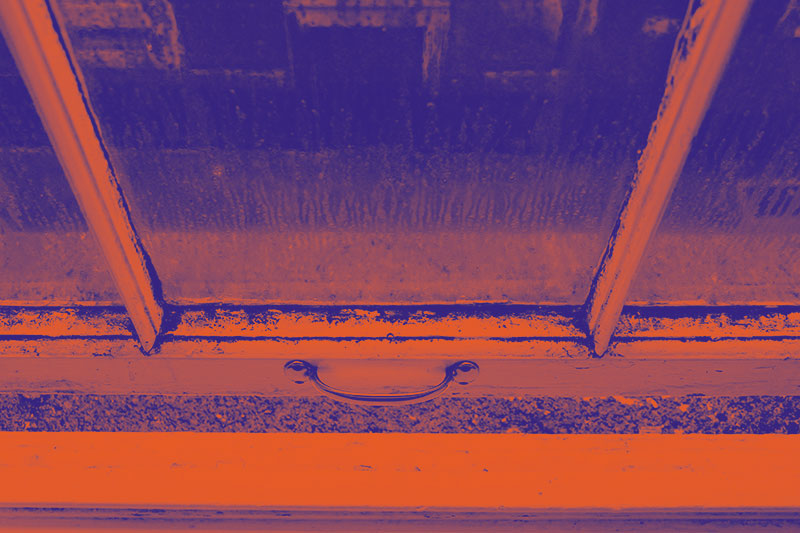Reducing dampness in your home is crucial for maintaining healthy living conditions and preventing issues like mould growth and respiratory problems. Here are some strategies Spitalfields Housing Association (SHA) are using to address and reduce dampness inside the homes we manage:
- Identify the source: Conduct a thorough inspection to identify the source of dampness. Common causes include leaks in plumbing, roofs, or windows, poor ventilation, and inadequate insulation. Fixing the root cause is essential for long-term solutions.
- Improve ventilation: Proper airflow is essential to prevent moisture buildup. Tenants are encouraged to ensure that all rooms, particularly kitchens, bathrooms, and laundry areas, have sufficient ventilation by opening windows regularly. Install extractor fans in these areas to remove excess moisture and improve air circulation.
- Repair leaks: Promptly repair any leaks in roofs, pipes, or windows that may be contributing to dampness. Fixing these issues will prevent water infiltration and reduce the overall moisture levels.
- Insulate walls and roofs: Inadequate insulation can lead to condensation and dampness. SHA seek to enhance the insulation of walls, roofs, and floors to prevent temperature differentials that can cause moisture to condensation. Proper insulation helps maintain a consistent temperature and reduces the risk of dampness.
- Use moisture-resistant materials: Opt for moisture-resistant materials when renovating or repairing social housing. These materials, such as water-resistant plasterboard or mould-resistant paint, can help prevent moisture absorption and inhibit mould growth.
- Provide adequate heating: Cold environments are more prone to condensation and dampness. Tenants are to ensure that their homes have adequate heating systems in place to maintain a comfortable temperature and reduce moisture levels.
- Educate residents: SHA provide updates to tenants about the importance of ventilation, proper heating, and general maintenance to prevent dampness. SHA provide guidelines on how to dry clothes properly, avoid blocking air vents, and ask tenants to report any signs of leaks promptly.
- Regular maintenance: SHA implement a regular maintenance program to identify and address any issues related to dampness. Conduct routine checks for leaks, condensation, and mould growth, and take immediate action to rectify problems.
- Monitor humidity levels: Install humidity monitors in social housing units to track and control moisture levels. These devices can alert residents to high humidity and encourage them to take appropriate measures to reduce dampness.
- Seek professional advice: Consult with experts in building maintenance, architecture, or environmental health for guidance on reducing dampness in the homes SHA manage. Professional consultants can provide tailored solutions based on the specific challenges faced inside the housing units we take care of.
By implementing the above strategies and by investing in long-term solutions, it is possible to reduce dampness inside SHA homes, thereby improving living conditions and the well-being of residents.
If you are experiencing and damp or mould issue inside your home, please contact your Housing Officer.



